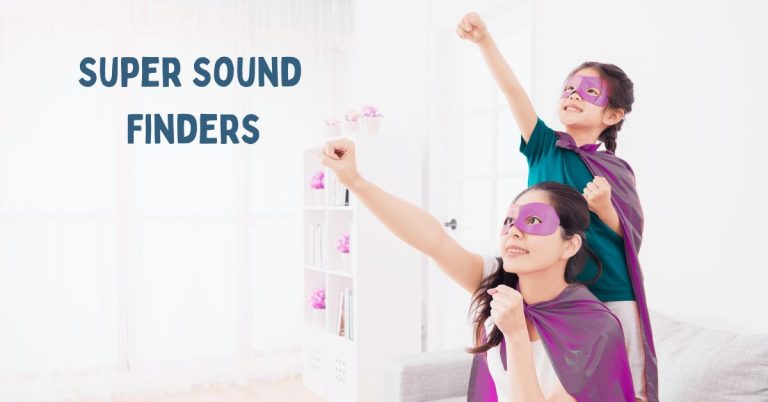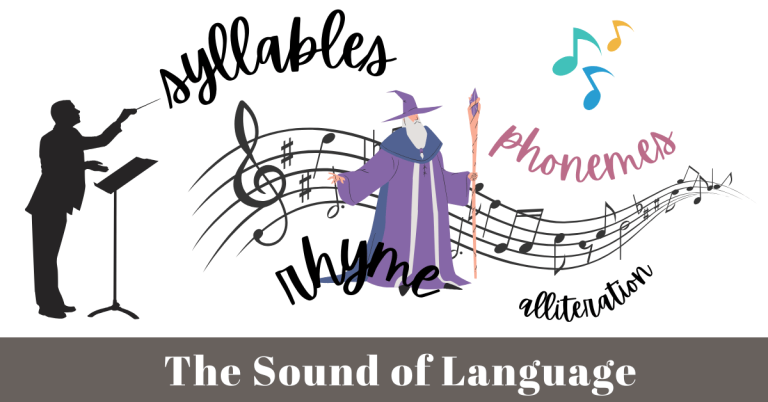Syllable Locomotion: Discovering Language Beats
Magical learning moments are created where language and movement intertwine. Explore syllable division through exciting gross motor activities with our game Syllable Locomotion.

Often the best learning takes place when we combine the joy of movement and the wonders of learning together. The connection between physical activity and cognitive development is profound, as movement not only stimulates various regions of the brain but also fosters better retention and understanding of new concepts.
For young children, who are naturally full of energy, incorporating movement into learning experiences is particularly effective. It not only captures their attention but also allows them to engage with the material in a multisensory way.
In this lively syllable movement game, children develop and refine essential language listening skills while enjoying movement and using their imagination.
OOLiteracy Insight Hub
ACTIVITY AGE CATEGORY: Kindergarteners
This activity encourages your little learner(s) to be a…
Sound Explorer
Syllable Game Introduction
Our Ox & Owl Syllable Locomotion game is a fun movement game that seamlessly combines physical activity and language learning, challenging children to listen and count syllables, learn new vocabulary words, and race to the correctly marked numbered box.
You will find the instructions for the game below, along with ideas for how to incorporate various gross motor skills and fun actions to create an immersive language-building experience for your little learner(s).
How to Play Syllable Locomotion
A movement syllable game that will have kids working on their gross-motor development and learning syllable division skills all at the same time!

Materials You Will Need:
- Painters tape
- Vocabulary Picture Cards
- Printed-out numbers on paper (optional)
Instructions:
Set up: Mark out four boxes on the floor with painter’s tape large enough for your child or student to stand in (or a few learners to stand in). You’ll want to spread these boxes apart.
Add one number inside each box, from 1 through 4, again with the painter’s tape. Alternatively, tape down pieces of paper with one of each of these numbers printed on them inside each square.

Step 1: Show a picture card to your child. Have him/her say what it is and together determine how many syllables the word has.

Step 2: Once your child knows how many syllables, he/she must run to the box on the floor with the same number of syllables as in the word. For example: If you show a picture of an elephant, which has three syllables, your little one needs to run to the box containing the number three.
If your child is already in that box, have them sit down or do a jumping jack.

Incorporate Gross Motor Skills:
Try working on different gross motor skills by having them do different methods of getting to the correct box, such as hopping like a bunny, crab-walking, tip-toeing, walking backward, marching, or slithering like a snake to the boxes on the floor marking the number of syllables.
This is a great way to get some movement in and tucker out your little one while helping build an important pre-literacy skillset!
Alternative to painter’s tape: No painter’s tape? Simply lay out cushions and/or mats with a piece of paper with the numbers taped to them.
Another way to play this game is to mark the corners of a room (or any distinct areas in a space) with numbers 1-4 and have children race to the corner with the correct number of syllables in the words you call out.
Take this Activity Outside!
This activity can also be taken outdoors! Use hula hoops, logs, or sticks with numbers taped on them to mark each syllable section for kids to run to. Alternatively, you could draw out chalk boxes on the pavement.
Encouraging Gross Motor Skill Development
We’ve got an Ox & Owl Literacy challenge for you! Why not infuse our Syllable Locomotion game with some imagination to bolster children’s gross motor skills?
A couple of simple gross motor skills to have your kiddo(s) try are walking backward or skipping to the correct boxes.
Some fun gross motor movement actions below also encourage children to harness their power of imagination.








Movement!
It’s the magic ingredient that turns educational moments into dynamic adventures, encouraging a love for learning from an early age.
-Ox & Owl Literacy

Vocabulary Quest
Word: Snuggle
Meaning: to get cozy with someone or something you love, like giving a big, warm hug or cuddling up with a soft blanket or stuffed animal.
Ex: All the penguins waddled into a group huddle, declaring it a “snuggle shuffle” to stay warm on the ice.

Curious Queries Corner?
Stir up your learner’s imagination and create some conversation and connection by asking an unusual question.
Would you rather have spaghetti hair you can eat anytime or rainbow fingers that change colors when you wiggle them?
Get Fun Syllable & Compound Word Activities
With our Free Ox & Owl Literacy Bundle for You Below

Nurturing Little Minds, Sparking Big Dreams

I’m happy you’re here!
Hi, I’m Julie, the passionate creator of Ox & Owl Literacy. I enjoy empowering families and educators with wonderful resources to inspire fun, imaginative, and joyful learning opportunities for young kiddos. You’ll find lots of recommended books, reading resources, and creative learning activities on this site aiming to help children fall in love with language, books, reading, and the transformational power of stories.









